Featured
How To Know You Have Mold In Your House
If you have a mold allergy or chronic lung condition such as asthma youre at risk for more severe. Sometimes you might not realize there is mold in your house especially if it is unusual looking mold.
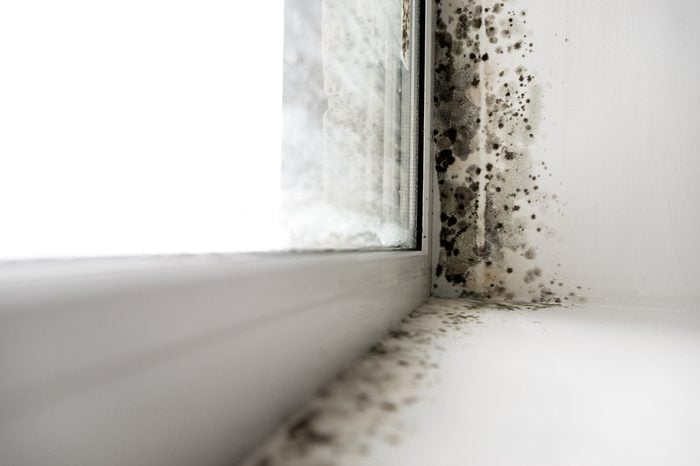 Signs Your Home Has A Mold Problem Reader S Digest
Signs Your Home Has A Mold Problem Reader S Digest
Mold isnt always visible.
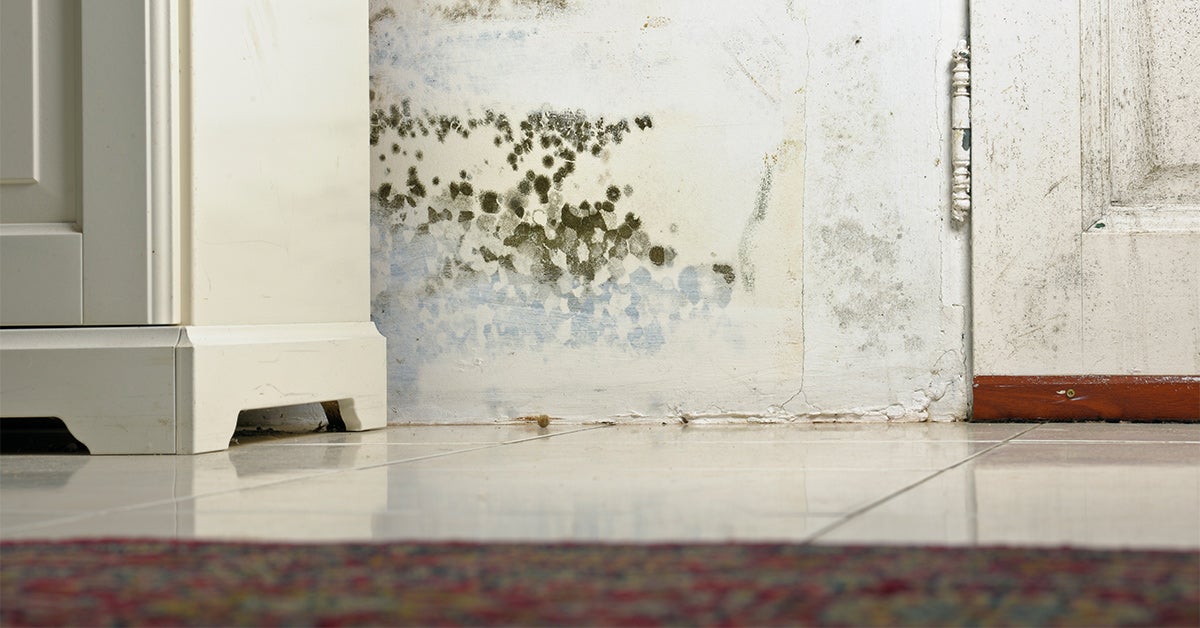
How to know you have mold in your house. Our senses can help us detect if moisture is spurring mold growth. Your health can be a telling sign if there is mold in the home. Wallpaper can also harbor mold.
If mold is present it will look similar to the mold youd find growing on old food in the fridge. You may not notice it while inside your home because you become used to it. The severity of symptoms depends on the length of exposure the quantity of mold and the severity of the allergic reaction 2.
Follow your nose and fix the problem. Smell the Air For Mold. It can be hard to determine between other causes for.
Spores land on the surface germinate and grow. Mold tends to have a foul and musty odor to it. If you have mold in the air that circulates in your home it can cause a plethora of serious health problems including allergies skin rashes nausea and neurological disorders.
Some mold growth looks white and thread-like. Keep a close eye on tapsfaucets ensure they are not leaking. Visible mold Obviously if you see mold you have mold in your home.
Because air mold spores cannot be detected by the natural eye you can be experiencing these symptoms not knowing that mold is the culprit behind them. How to test for mold You probably dont need to do mold testing or buy a mold test kit especially if the fungus is visible. Window sills are another area where mold can collect.
If it lightens after one to two minutes you have mildew. From smelling something odd to feeling sick there are a number of different signs that can indicate that you might have mold in your house. Mold enters your body through your eyes nose and mouth and affects your lungs brain skin and many other areas of the body 2.
Be aware that even if there is visible mold that may not be the only affected area in your home. If youre symptomatic be vigilant in visually checking your home for mold. Walls and ceiling If you notice a musty earthy smell or see condensation on the wall or ceiling you likely have mold.
Because the health effects of. Mold and mildew may start as early as 24 to 48 hours after the surface has been dampened. On their own these symptoms could just be a sign of an oncoming cold but if you are only symptomatic within your home mold could be the culprit.
Mold may begin growing indoors when mold spores land on surfaces that are wet. If you know the smell of wet wood or dirty socks this is similar to the smell of basement mold. Mold can cause damage to your home and can lead to eye nose throat and lung irritation.
The spores are invisible to the naked eye and float through outdoor and indoor air. Increasing or decreasing any of these factors will cause mold and mildew to grow or die. There are many types of mold and none of them will grow without water or moisture.
If the area remains dark you probably have dirt. If you do suspect you have mold in your home getting it taken care of as soon as you can is very important as the situation generally wont improve over time. If you suspect your house has mold contact a qualified industrial hygienist IH to test the property.
For this reason there is no one uniform set of symptoms indicating exposure to mold. Mold is variously described as smelling musty dusty or earthy. To test for mold and mildew and how to tell if your house has mold simply dab a few drops of household bleach on the blackened area.
If moisture and mold are in your home it may produce a damp musty smell. One of the first indicators that your basement has mold is its smell. If you see peeling or moist wallpaper you may have growth under the surface.
If you notice a foul smell you. Advertisement If the petri dish shows no signs of mold return it to the dark spot and check it. Look at walls for watermarks observe condensation along windows and visually inspect your attic a few times each year to make sure you dont have leaks.
5 Additional Places To Check For Mold In Your Home. Molds reproduce by means of tiny spores. Symptoms of a mold allergy include a consistently runny nose watery eyes sneezing dizziness headaches and even memory loss.
If you see some funky colors around your house it might be mold as is coloration of the walls is a sign that something is amiss. Monitor your bathroom shower and tiles for mold growth regularly. Visible mold growth could also be a sign that there is a much larger mold colony growing hidden away from view.
Try to notice any hints of musty odors after coming home from a long day outside of the house.
How To Tell If There S Mold In Your House
Signs There S Mold In Your House
Four Signs You Have Mold In Your Attic And What You Can Do About It Now The Law Office Of David R Rocheford Jr P C
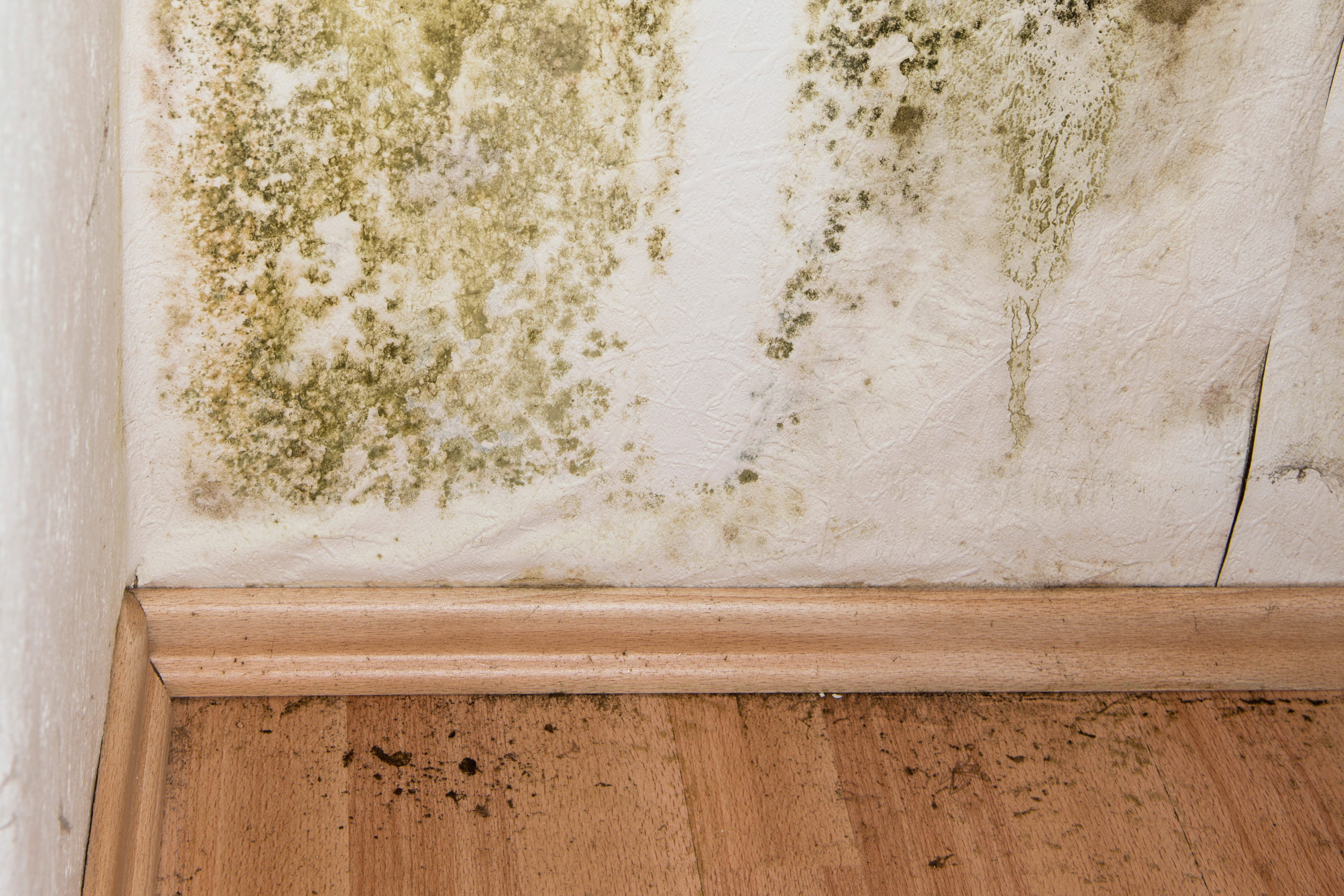 Mold Remediation Cost Eliminating Mold In Household
Mold Remediation Cost Eliminating Mold In Household
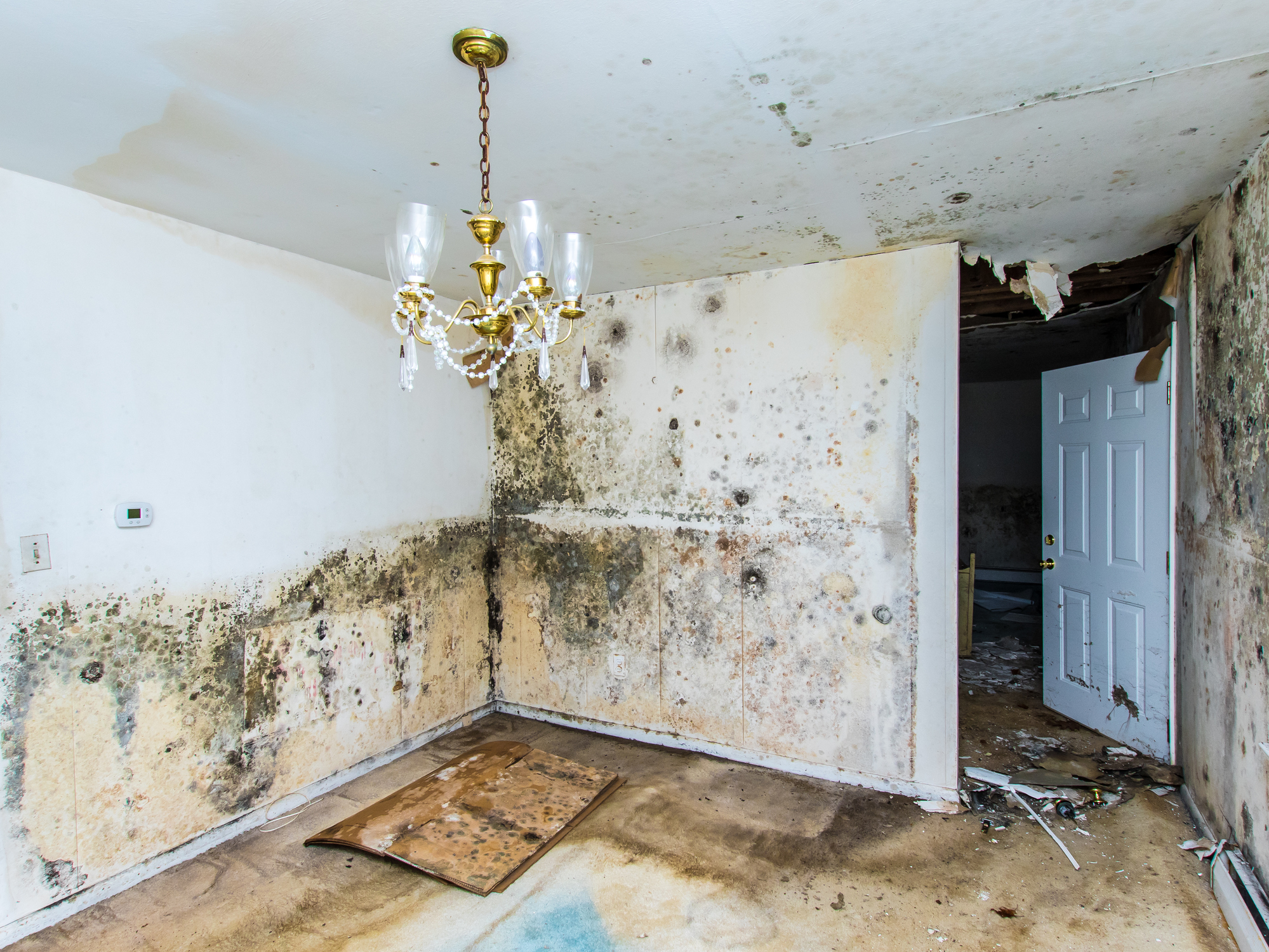 Top 5 Signs Of Mold In Your Home Rds Environmental
Top 5 Signs Of Mold In Your Home Rds Environmental
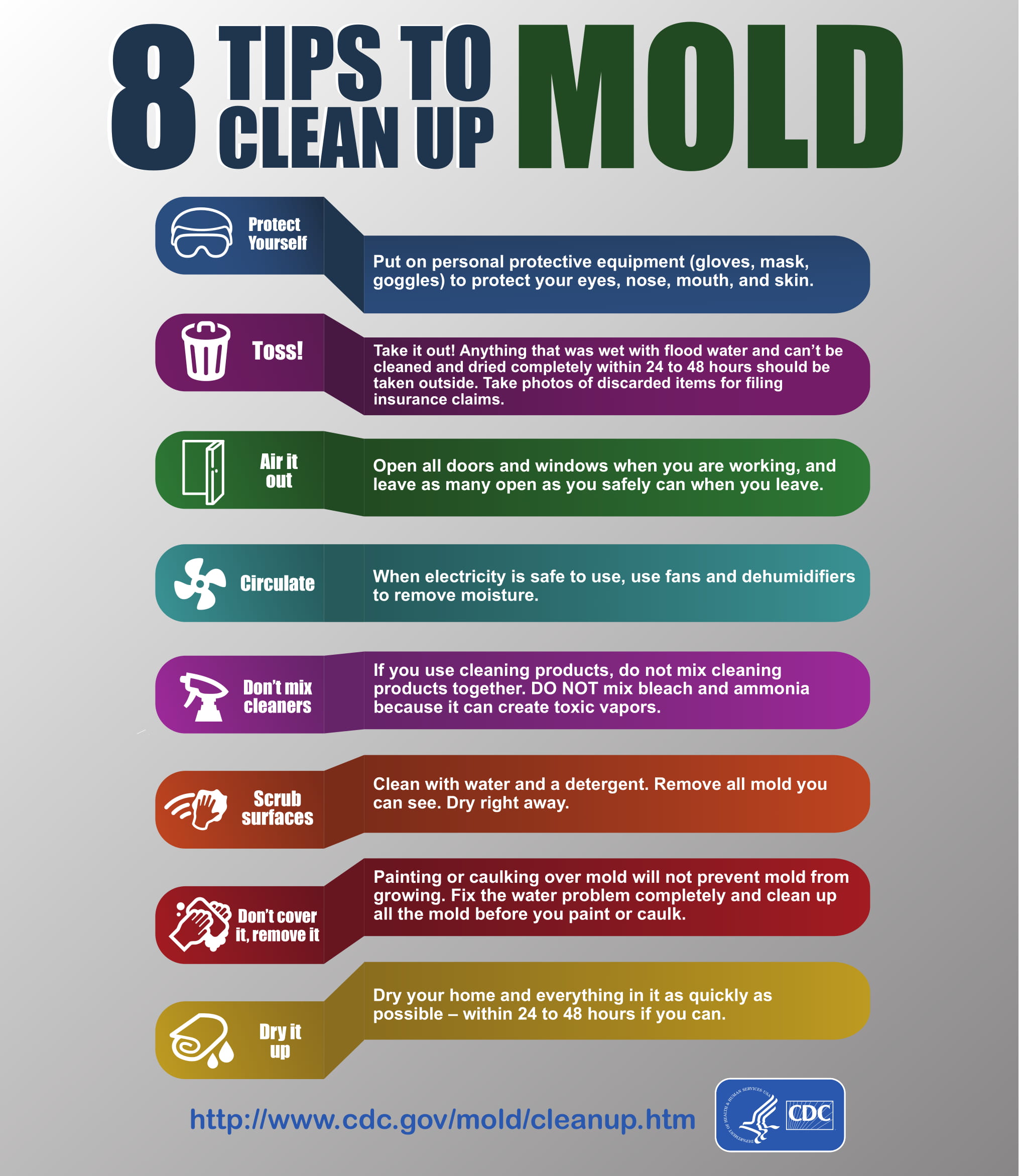 What To Do If Your House Has Mold Health Risks And Tips To Remove Mold Pressure Washing Massachusetts Instabrite
What To Do If Your House Has Mold Health Risks And Tips To Remove Mold Pressure Washing Massachusetts Instabrite
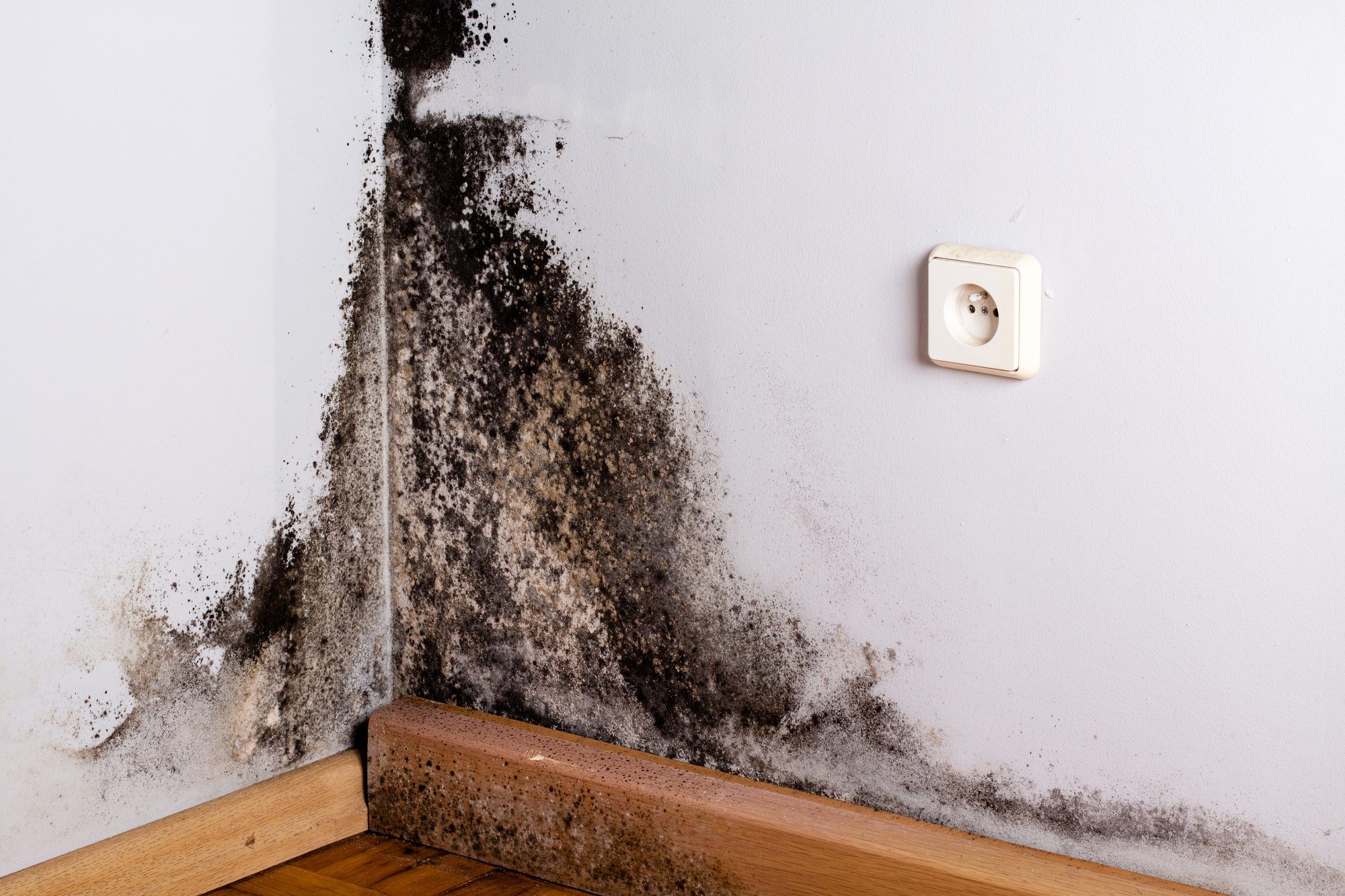 Do You Have Mold In Your House Advanced Environmental Testing And Abatement
Do You Have Mold In Your House Advanced Environmental Testing And Abatement
 Can Black Mold Kill You Fortunately Probably Not
Can Black Mold Kill You Fortunately Probably Not
 How To Tell If You Have Mold Growth Mold Inspection Houston
How To Tell If You Have Mold Growth Mold Inspection Houston
 Signs Your Home Has A Mold Problem Reader S Digest
Signs Your Home Has A Mold Problem Reader S Digest
How To Tell If There S Mold In Your House
How To Tell If There S Mold In Your House
 How Do I Know If I Have Mold In My Home New Life Restoration
How Do I Know If I Have Mold In My Home New Life Restoration
How To Know If Your House Has Mold Ace Mold Remediation
Comments
Post a Comment